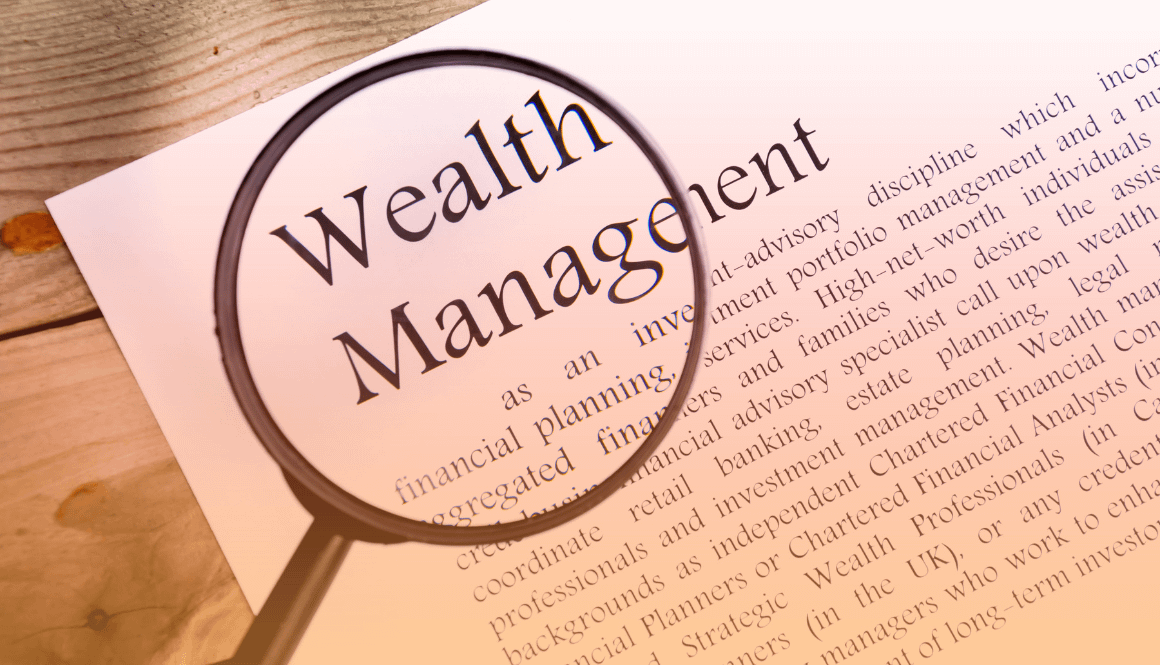Table of Contents
Building Your Talent Pipeline: Succession Planning That Actually Works
The Hidden Risks in “Hope-Based” Succession
Relying on vague handoffs or informal conversations poses a serious risk to your firm’s future. Without a clear, intentional succession plan:
- Clients may feel uncertain when leadership shifts occur.
- Team morale can suffer from unclear career progression.
- Most importantly, your firm’s legacy—and long-standing relationships—may be at stake.
Succession planning should be proactive, strategic, and deeply embedded in your firm’s culture.
Step 1: Define the Vision—Who’s Building the Future?
Begin by aligning on both legacy and logistics:
- Leadership values and philosophy: What defines the firm today—and what do you want to preserve?
- Ideal successor profiles: Internal rising stars? Trusted partners? Hybrid teams?
- Future operating model: Will roles shift? Will certain services expand or pivot?
By codifying these aspects now, you’re establishing clarity for everyone.
Step 2: Map Out the Timeline and Milestones
Timing drives successful transitions. Lay out:
- Critical milestones for client transitions (e.g., joint client meetings).
- Staff development checkpoints—especially mentorship and exposure to leadership duties.
- Communication points—for your team and for clients—to minimize uncertainty.
Even a multi-year plan benefits from clarity. Incremental transition beats rushed handoffs.
Step 3: Invest in Your Team—Skills, Culture, Leadership
Cultivate internal successors by:
- Rotating them through key responsibilities—planning, compliance, and client communication.
- Providing leadership training or coaching in management and vision casting.
- Embedding them in strategic moments—board or leadership meetings, client reviews, planning sessions.
By intentionally building both capability and credibility, you empower new leaders while reinforcing your firm’s values.
Step 4: Keep Clients Centered—Don’t Let the Relationship Ripple Out of Control
Client trust is the bedrock of succession:
- Communicate early and often: Introduce the successor as a co-pilot, not a replacement.
- Co-lead meetings for a period, so clients grow comfortable and confident.
- Reassure with continuity: Talk about consistent values, services, and approach—“nothing changes except our name tag.”
Well-handled transitions can reinforce client loyalty rather than erode it.
Step 5: Build Adaptivity—Expect the Unexpected
Succession is a journey, not an event. Build in flexibility:
- Plan for contingencies—personal disruptions, market changes, regulatory shifts.
- Regularly assess readiness—are your future leaders evolving? Do clients still feel heard?
- Revisit the plan annually to refresh commitments, timelines, and roles.
This ensures succession remains dynamic and responsive—not just a document on the shelf.
Why This Matters—Numbers and Culture Don’t Lie
- Smooth transitions preserve client retention—a cornerstone of long-term stability.
- Team morale and engagement rise when career paths are visible and intentional.
- You safeguard years of relationship-building, reputation, and trust—ensuring your firm’s impact endures.
Key Takeaways
Stay Flexible: Adapt your plan as people and market conditions evolve.
Codify Values and Vision: Successor must reflect what you’ve built—and carry it forward.
Plan with Specificity: Timelines, milestones, communication strategies—write them down.
Train with Purpose: Foster skills and confidence in your team through experiential development.
Center Your Clients: Lead with care, transparency, and shared communication.







